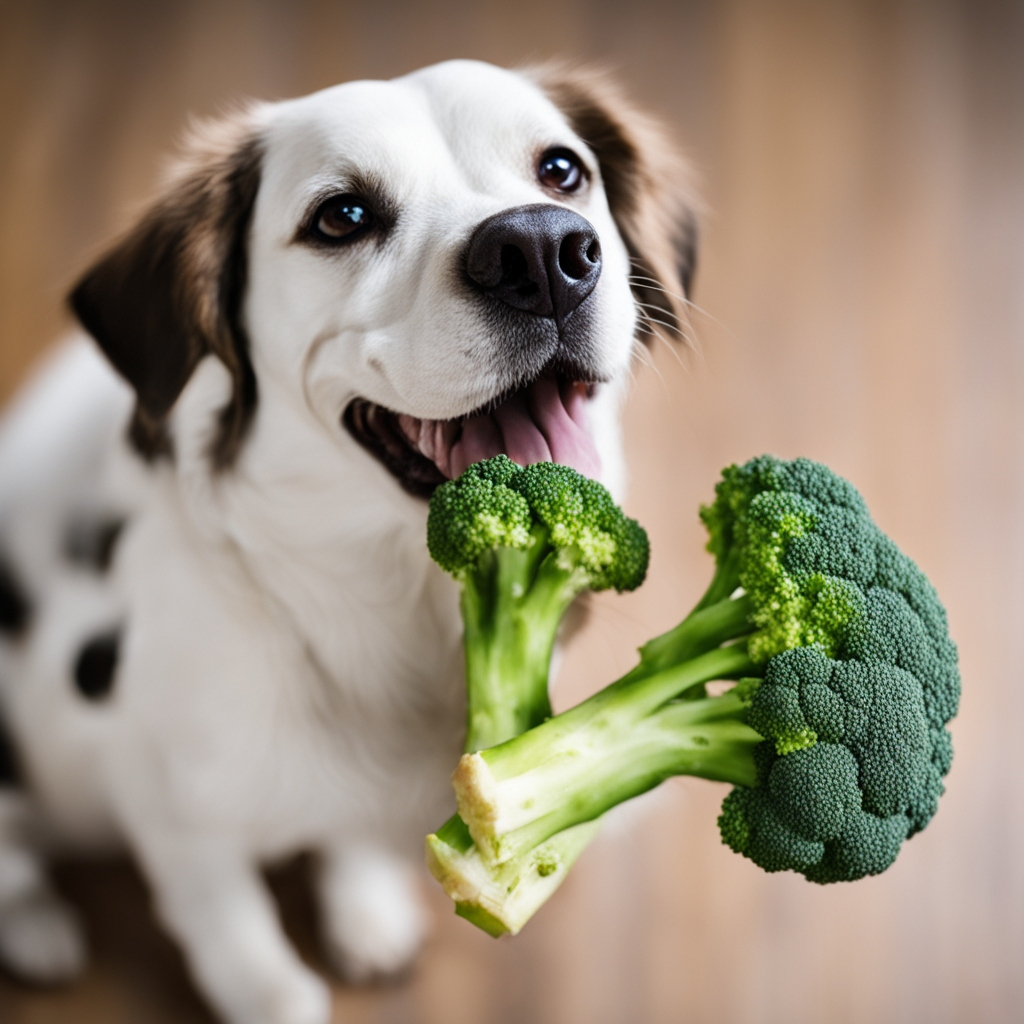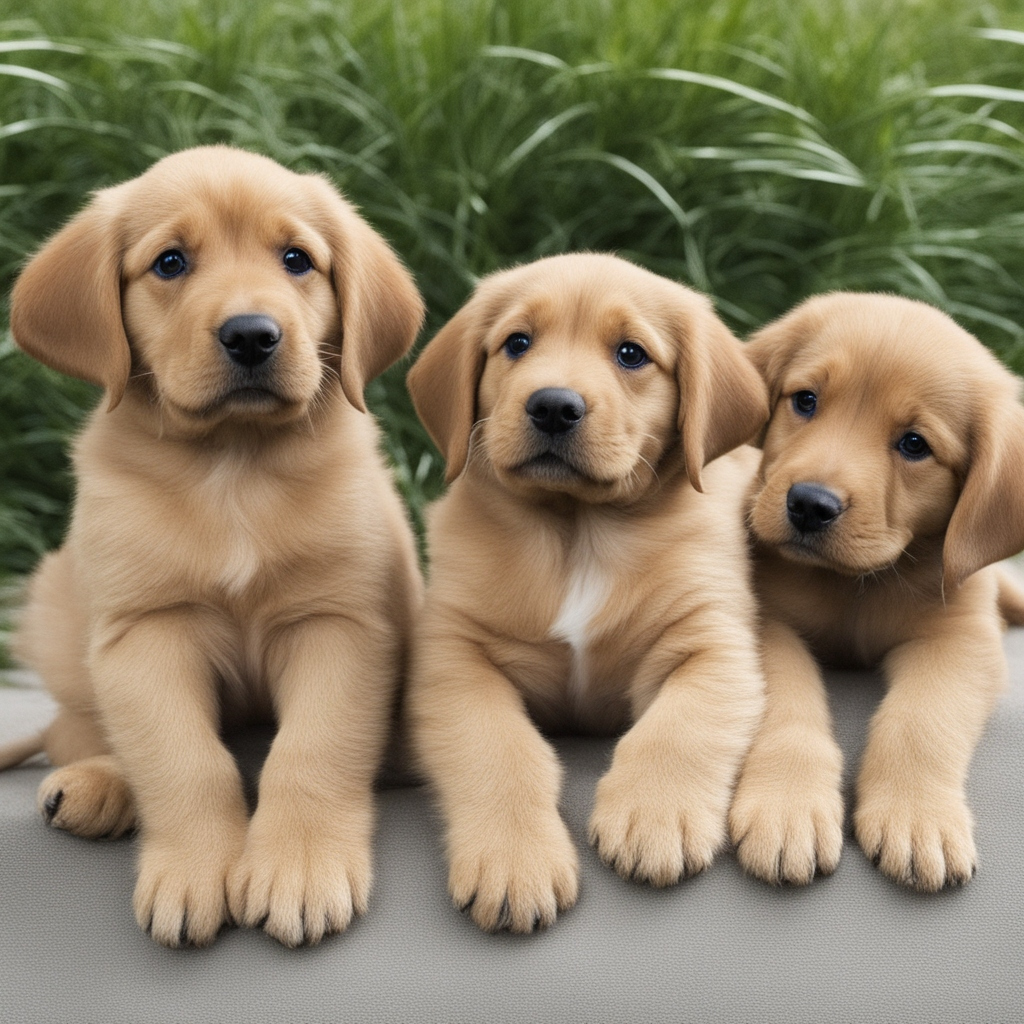

New pet parents often ask how to build a puppy training plan that actually works. The truth is simple: training a puppy succeeds when you mix a realistic daily routine with short, upbeat lessons and early socialization. This guide maps out a puppy training schedule by age so you know exactly what to teach and when, from 8 weeks through 6+ months. You’ll also learn how to train a puppy using positive methods, prevent common problems, and adapt the plan to your dog’s personality.
Every effective puppy training plan starts with three pillars:
1) Management & routine. Pups thrive on patterns. Use a crate or playpen, gates, and a consistent schedule for sleep, potty breaks, meals, and play. Structure prevents accidents and keeps tiny explorers safe.
2) Positive reinforcement. Reward what you like calm sits, checking in, pottying outside with food, toys, or praise. End sessions before your pup loses focus. Short, fun lessons build confidence and speed results.
3) Early socialization. During early weeks, introduce safe sights, sounds, handling, and friendly people so your puppy learns the world is a good place. Pair every new thing with treats and let your pup choose distance.
Keep sessions short (2–5 minutes), repeat often, and celebrate small wins. You’re building habits, not cramming for an exam.
A smooth puppy training plan starts with the right gear:
Create a puppy‑safe zone. Remove hazards, tuck cables, and block rooms you can’t supervise. Place the crate in a quiet spot where your puppy can still see you during the day.
Use this flexible puppy training schedule as a starting point. Adjust for breed, size, and energy.
6:30–7:00 AM: Outside for potty → breakfast → calm chew while you prep the day.
7:30 AM: Short leash walk in quiet area or backyard sniffari.
8:00 AM: 3–5 min training (name, sit, touch/hand target) → nap in crate.
10:00 AM: Potty break → play → 2–3 min training (come, swap/”trade”) → nap.
12:30 PM: Potty → lunch → gentle handling (paws, ears) + brush 30–60 sec → nap.
3:00 PM: Potty → play with Puzzle/lick mat → 3–5 min training (leave it) → nap.
5:30 PM: Potty → dinner → short walk → settle practice on mat.
8:00 PM: Potty → quiet play → 2–3 min recall games in hallway.
Bedtime: Final potty; into crate with safe chew for 10–15 minutes before lights out.
New puppies nap a lot. Protect sleep so they can learn. If your pup gets wild, they’re tired guide them to a nap.
Use this puppy training timeline as your roadmap. Progress is not linear, so move forward at your puppy’s pace.
Goals
Focus Skills
Socialization ideas (always pair with treats): people with hats or glasses, different floor textures, car rides, doorbells, recorded sounds at low volume. Keep it upbeat; give space when your puppy hesitates.
Red flags
Goals
Focus Skills
Alone‑time reps
Pro tip
Goals
Focus Skills
Out & about
Watch for the “fear period.” Your confident pup may suddenly startle at new things. Shrink the challenge, add treats, and keep outings short.
Goals
Focus Skills
Energy management
Goals
Focus Skills
One cue, one action. Say a cue once, then help your puppy succeed. Repeating teaches them to ignore you.
Three Ds: Distance, Duration, Distraction. Change only one at a time so your pup can win. If they struggle, lower the difficulty.
Reinforce real life. Pay your puppy for lying quietly while you work, choosing you over a squirrel, or checking in on walks. Daily life offers the best practice.
Track wins. A simple note in your phone “10‑sec stay in kitchen,” “came away from kids at park” keeps you motivated and objective.
Mouthing & nipping
Pulling on leash
Barking for attention
Accidents indoors
Separation struggles
Selective hearing outdoors
Day 1–2: Take your puppy out first thing, after naps, after meals, after play, and every 60–90 minutes. Walk to the same grass spot, stand still, and quietly wait. The moment they finish, praise and give a tiny treat. Indoors, use a crate or playpen between breaks to prevent accidents.
Day 3–4: Stretch the interval to 90–120 minutes if your pup is staying dry. Add a simple cue like “go potty” as they begin, then reward. Track times in your phone to find patterns.
Day 5–6: Start short “freedom trials” after successful potty trips. Give one room to explore for 10 minutes, then return to the pen for a calm chew. If an accident happens, shorten freedom and add an extra break.
Day 7: Test a nap in the crate after a play session and potty break. Offer a stuffed food toy so your puppy associates the crate with relaxation.
Quick reset: If you see sniff‑circle‑squat indoors, scoop your puppy up and head outside. Reward any outdoor finish. Clean indoor spots with enzyme spray.
At first, pay every correct response. That clear feedback jump‑starts learning. As behaviors become reliable in easy locations, shift to a mix of rewards sometimes food, sometimes praise or a quick tug game. Save the highest‑value treats for the hardest versions: new places, bigger distractions, or longer durations. If performance dips, go back to paying every success for a short burst, then fade again.
1) How to train a puppy that won’t focus? Keep sessions to 2–3 minutes, use high‑value treats, and train after a potty break. If your pup still struggles, move to a quieter room and reduce distractions. End on a win.
2) What’s the best length for a session when training puppies? Aim for several micro‑sessions each day. Two to five minutes is plenty for beginners. Stop before your pup wanders or lies down.
3) How do I build a puppy training schedule by age if my dog learns quickly? Use the timeline as a guide, not a race. Advance a week when your pup performs a skill five times in a row in two different rooms. Then test it in a new place.
4) When can I start walks? Begin with short leash sessions at home right away. Outside walks happen after your vet advises it’s safe for your area. Start in low‑distraction spots and keep them short.
A consistent puppy training plan transforms chaos into calm. Follow the puppy training schedule here, celebrate progress, and keep lessons short, positive, and frequent. As you stick with this puppy training timeline, manners become habits and your playful pup becomes a confident companion.

Passionate pet lover sharing trusted tips on dog, cat and other pets care, health, and lifestyle.


